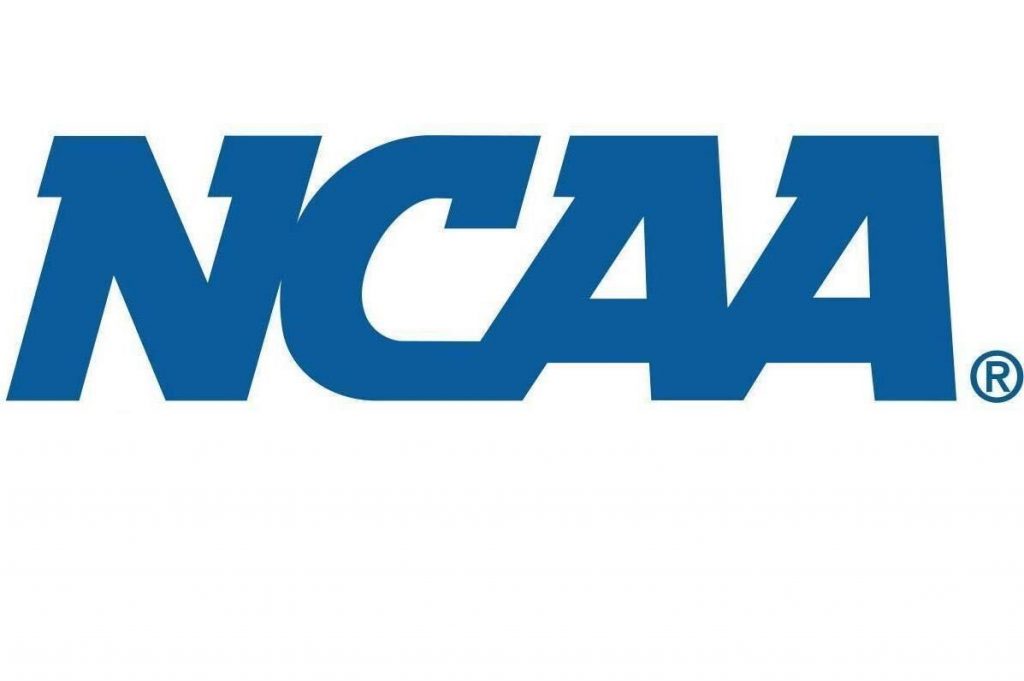In August, the NCAA released several guidelines and protocols regarding the coronavirus pandemic that set the standard for practice and competition of collegiate athletics. The most recent publication of these standards was developed in consultation with the NCAA COVID-19 Advisory Panel, the American Medical Society for Sports Medicine (AMSSM), the Autonomy-5 Medical Advisory Group, the National Medical Association and the NCAA Committee on Competitive Safeguards and Medical Aspects of Sports. Together, these groups provided new guidance about the prevention of community spread of COVID-19 in light of new and emerging information.
When the NCAA began conversations about the return to sports around the end of April, the predicted trajectory of COVID-19 was a steep decline by July. However, that was not the end result, as the number of cases spiked by the beginning of July. With that in mind, some conferences like the America East (AE) decided to postpone all fall sports, which meant Binghamton’s soccer, volleyball and cross country teams would not compete. Additionally, the Big Sky Conference and Mid-American Conference eventually postponed fall sports, upending Binghamton’s golf and tennis teams’ seasons. However, other major collegiate conferences like the Atlantic Coast Conference, Big 12 and Southeastern Conference still plan to play a fall sports season.
The current guidelines that the NCAA has planned to put forward include implementing testing strategies for all athletics activities. Testing and results would be obtained as quickly as possible, with high-contact sports like football, soccer and lacrosse having results within 72 hours. Also, every student-athlete and all athletic personnel are required to practice daily self-health evaluations before resuming any aspect of in-person activities. Individuals that identify with the common symptoms of COVID-19 during the evaluation should be encouraged to contact the designated athletics health care representative before coming to campus or athletic facilities.
Furthermore, face coverings and physical distancing measures when feasible are required for all athletes and athletic personnel. The use of a face shield does not offer the same risk mitigation as a face mask but can be integrated into a given sport when practical.
The NCAA highly encourages all training for sports to be held outdoors as often as possible. By practicing outdoors, there is a lower risk for COVID-19 transmission than indoor areas with good or poor ventilation. If outdoor training is not feasible, it is pertinent to ensure that ventilation systems are operating properly, airflow is maximized and physical distancing is maintained. The CDC has additional recommendations, including the use of signs, tape marks or other visual cues placed six feet apart to encourage physical distancing in common training areas.
There have undoubtedly been gaps in student-athletes’ training this past spring and summer due to COVID-19. As a result, the NCAA recommends a seven-to-10 day transition period during which student-athletes are given the time to progress through the physiologic and environmental stresses placed upon them as they return to the normal intensity of activities. Schools are also encouraged to utilize all available resources and information as they plan to return to campus and athletics activities. These include, but are not limited to: American Medical Society for Sports Medicine, College Athletic Trainers’ Society and Collegiate Strength and Conditioning Coaches Association.
Even with the appropriate protocols in place, there may be a student-athlete or athletic personnel who tests positive for COVID-19. In that case, the NCAA will follow the CDC strategies for the resumption of normal activities for people who either test positive for COVID-19 but are asymptomatic or test positive and are symptomatic. In both cases, a period of isolation is required. For individuals who test positive but never develop symptoms, an isolation period can be discontinued 10 days after the date of their first positive test of COVID-19. For individuals who test positive and develop related symptoms, depending on the severity of the symptoms, isolation can be discontinued 10 days after symptom onset and resolution of fever for at least 24 hours.
As student-athletes return to their desired campus, they are converging from different parts of the country. COVID-19 transmission rates are still prominent in many parts of the country, including areas of the South and the Midwest. Because of this, protocols are in place to test athletes upon campus return to avoid a potential spread of the virus to the athletic team and the student body. As the semester gets rolling, the highly anticipated answer as to whether or not resuming collegiate athletics in the midst of an ongoing pandemic is actually viable will be revealed sooner rather than later.



